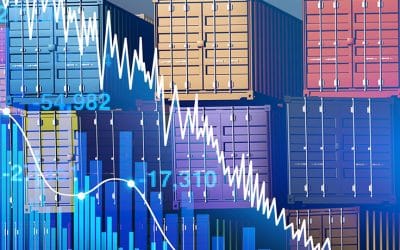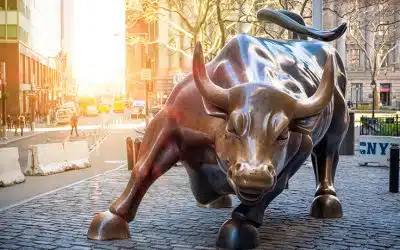Two months of war: why the conflict is dragging on

Redacción Mapfre
The world, and especially Europe, is confronting strategic challenges with medium-term and long-term consequences that could be very significant. It has become clear that Russia’s invasion of Ukraine goes beyond the tragedy now occurring in that country, bringing up some unresolved conflicts from the last quarter of the 20th century. Russia was never in agreement with the borders that resulted from the collapse of the Soviet Union, and China always wanted more than just a position as a massive exporter of low-value goods.
Russia always maintained hopes for recovery of territories such as the Republika Srpska, Transnistria, Donbas, Georgia, and a few others, waiting for the time when borders could be redrawn. China managed to strengthen its ties with the West through the World Trade Organization (WTO), without having to address questions of ethics, and with the unspoken aim of recovering what it had lost during its Century of Humiliation, including Taiwan.
The “dissidence” existing at the end of the second decade of the 21st century, spurred by Brexit with respect to the European model, by a society with growing inequalities that was also facing the impact of Covid-19, by certain acquired vulnerabilities (debt, sales, and energy), by the strained relationships among the various architects of the post-war model, and by a changing of the guard in the eurozone leadership (Juncker, Draghi, Merkel, Von der Leyen, Borrell, Lagarde), seems to have created the ideal moment for a sort of shared pushback by China and Russia as circumstantial partners. This apparent state of accord is emerging as an alliance to take advantage of persisting weaknesses in the West, along with some shared interests existing among a growing group of hardline leaders in the East. Although some of the facts at hand seem to support the idea that their time has effectively come, there are others suggesting that, in the end, any sort of shared destiny will remain elusive.
Because of its invasion of Ukraine, Russia is facing official and unofficial sanctions from the rest of the world. These are having a real impact on Russia’s economy, but it is still managing to fund its war and keep its economy reasonably stable, thanks to the scheme of requiring payment for natural gas in rubles, essentially structured by Gazprombank, the Central Bank, the eurozone, and China. Europe’s dependence on Russia for energy is Putin’s best tool for deterrence, while Europe’s commercial dependence on China is the best way for that country to keep things calm when the situation starts to become frenetic. This allows China to avoid the effects of Russia’s economic struggles, although it has less ability to tolerate a state of stagflation or even recession in Europe.
Ultimately, both Russia and China are still managing to keep the effects of the world situation under control. Russia is now dealing with a divided West, which has not always been the case. The “strategic challenge” (as Merkel called it) represented by China, the Covid-19 pandemic, and now the war in Ukraine, has put the West on guard, and this is something that was apparent at the most recent security meeting in Munich.
The North Atlantic Treaty Organization (NATO), and those responsible for foreign security and diplomacy, have all adopted positions not seen (in either case) since the times of Javier Solana. This is now being laid out in Europe’s strategic and defensive roadmap in the form of the Strategic Compass (published a few months ago) and the foundations for a European Defense Force. This is also taking place in a context of clear mutualization of European efforts, as reflected in NextGenEU, emerging financing plans, an increased focus on defense, and renewed discussions about a European treasury. In other words, regardless of what those in Russia and China may have expected, the problems arising during the last five years have generated a stronger trans-Atlantic alliance and a European Union with more clearly established priorities and a sense of common purpose.
In addition, regional alliances will also continue to emerge as the impact of the war increases. Russia had two natural partners in its bellicose ambitions: Turkey and China. Both of these are partnerships based more on need than on a shared worldview, and Russia has its own roadmap that takes precedence over all other interests, especially since its ultimate aim is to prevail. On one hand, Turkey represents NATO’s second largest military force, with its links to Russia arising equally from its energy and tourism interests. It therefore needs to strike a balance with regard to its own needs and its connections with Russia, in order to stabilize its currency and economy without falling into a deep recession before 2023, which is when the country’s leader, Recep Erdogan, could be facing an election loss, and may have ambitions to go down in history in some other way. On the other hand there is China, which is trying to remain on the fence in terms of politics, failing to condemn Putin for his invasion but avoiding any statements that would be seen as encouraging him. The reason for this, as explained above, is that China needs Europe, and it does not want to further solidify any views that it stands in opposition to the values Europe publicly defends.
Although the future of the conflict in Ukraine remains to be seen, in the worst-case scenario it will continue to drag on, because Russia is encountering local resistance much stronger than it expected, in a global context of interests and alliances that is more complex than it may have assumed.



